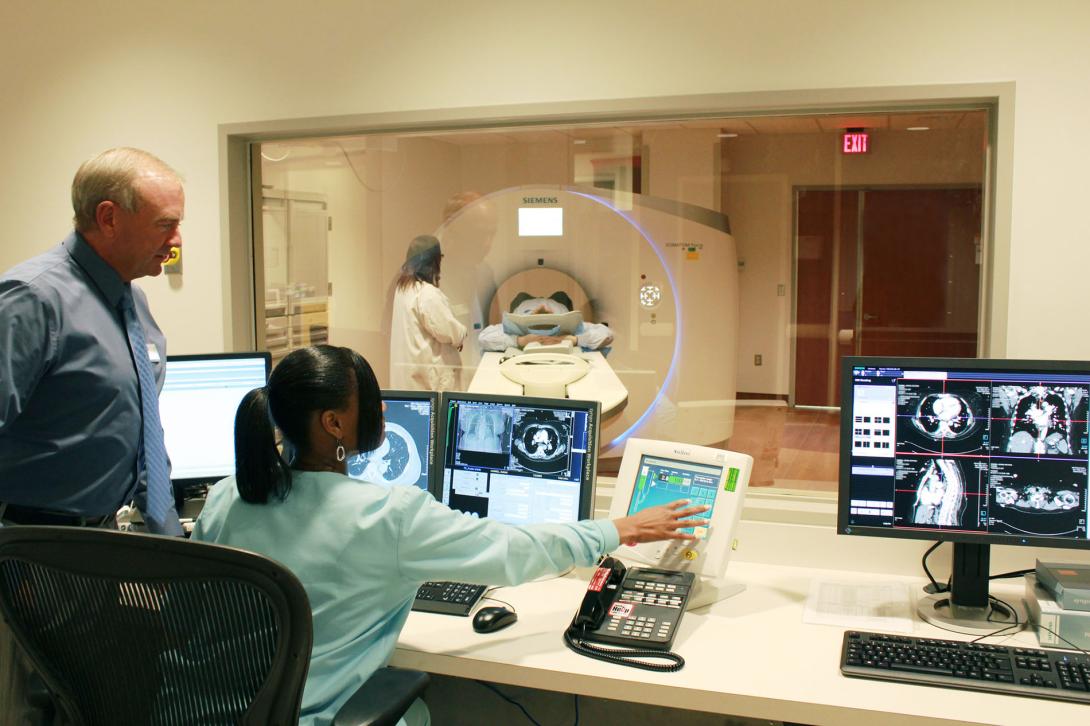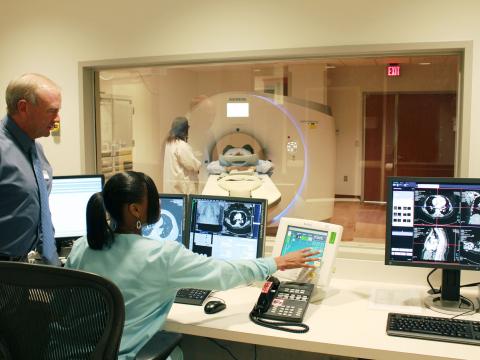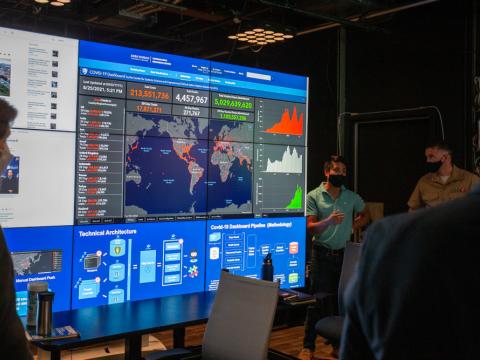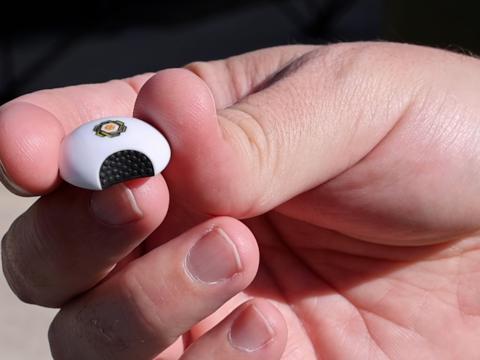Geocoding for a Clearer View
Coming from the National Institute of Biomedical Imaging and the National Eye Institute, Belinda Seto, deputy director at the Office of Data Science Strategy for the National Institutes of Health (NIH), was excited to share about a technology called adaptive optics, which can pinpoint damage within a single cell of the human eye.
“Using this technology, one can actually look at a single cell in our retina,” she told SIGNAL Media. The retinal pigment epithelium (RPE), considered an extremely important part of the eye, is a single monolayer of cells that is often found to have eye diseases, later leading to loss of vision.
Not all damage is from external sources, however. “These can be abnormal even with congenital defect,” Seto explained. For example, pediatric diabetic retinopathy could happen due to genetic abnormality.
“With adaptive optics, one can look at a single layer of cells and hone in on one particular cell that might look abnormal, and then you can see what’s wrong with this single cell.”
Like commonly known GPS technology, optometrists can geo-label tag cells. “So, when the patient comes in a month or two months later, they can find the same single cell that they saw two months ago and see if there’s further progression or damage of the single cell,” Seto shared.
“That, to me, is amazing technology!”





Comments